The hidden and extra costs of your children’s primary and secondary education that you need to budget for.
Education in Malaysia is expensive to everyone regardless of how much you earn. Parents every year spend an exorbitant amount on their children’s education, hoping that they get the best possible education.
However, tuition fees are not the only cost of education that you have to worry about. There are a myriad of hidden costs that you have to take note of to properly plan your finances for your children’s education.
These hidden costs on their own are not significant but taken together, they will add up to a sizeable portion.
You have encountered these hidden costs before but because you buy them in small quantities each time, you barely notice them.
Keep track of the following hidden costs below to properly plan your finances around it!
Contents
Hidden Cost #1: Textbooks, Reference Books, and Workbooks
Books, they are the lifeline for any students in school no matter which country you are in. Without books, teachers can’t teach effectively and students can’t get the best out of their learning.
Picture your children lugging a bag full of books that weighs heavier than a bag of rice. Now, picture the fact that they will change their textbooks every year they are in education. That is a lot of books to buy for the entirety of your children’s education.
According to the United Nations Human Development Reports, an average Malaysian student is expected to be in education for 13.5 years. This could be divided into the mandatory 11 years for primary and secondary education, and 2.5 additional years for tertiary education.
Furthermore, there are a wide variety of subjects being taught in schools which increase the amount of books you need to buy for each subject. More often that not, each subject also requires more than one textbook. These subjects are :
- Language: Bahasa Malaysia, English, Mandarin, Tamil, Bahasa Iban, Arab, Jawi, Semai, Kadazandusun
- Science: Mathematics, Additional Mathematics, Physics, Biology, Chemistry
- Arts: Economics, Business, Geography, History, Living Skills, Art, Music, Physical Education, Commerce, Accounting
This situation is more acute in university as your children will take a myriad of subjects where the textbooks are much more expensive. For example, browsing through the University Book Store, the Cambridge for Additional Mathematics book cost RM245.
Textbooks are not the only books you would need to spend on. Many times, they are not enough for your children, and they would need additional reference books and workbooks.
For those whose children also attend tuition classes outside of school, these tuition centers utilize reference books rather than textbooks to conduct their lessons.
As a result, you not only have to spend on expensive textbooks throughout your children’s school life, but also buy additional reference books and workbooks for them. You don’t notice how much you are spending on books as you buy them on a needs basis every time.
Hence, you need to carefully monitor how much you are spending on books every year and sum them up together to get a view on how much your children will need.
You can start by keeping track of your spending on these books. Go through the content of the reference books and workbooks to determine whether they are value adding. Keep all your receipts also!
Hidden Cost #2: Tuition Classes
Your children complains that the teacher is going too fast in class, and they can’t keep up with their syllabus. They are afraid that they will be left behind and are getting stressed thinking whether they will fail their subjects.
For most of the students today, learning in school is not enough to guarantee good results and effective learning. What other options do they have?
Tuition classes. Tuition class is a great alternative for your children in enhancing their understanding of the syllabus and provide them with ample practice. Like the saying goes, practice makes perfect.
However, most of the time, you will not think of tuition classes until your child really needs them. The cost of tuition classes is normally not included when you are planning for your children’s education at the beginning of the year.
The cost of tuition classes varies depending on your child’s level of education, tutor’s or center’s reputation, and subject. For a student in primary school, expect to pay about RM30 to RM60 for an hour of tuition. For secondary students, expect to pay about RM35 to RM90 for an hour of tuition.
As you normally would hire different tutors and send your children to different tuition centers, it is hard to notice in total how much you are spending. RM50 here and there could add up to almost RM1,000, if your child goes for 20 hours of tuition a month.
You need to be aware about how much in total you are spending on your children’s tuition. You don’t want to wake up panicking one day when you realize your bank account is lower than you thought it should be.
Hidden Cost #3: Transportation cost and time
You wake up in the morning at 6.00am, prepare your children for school, and then leave the house by 6.30am. You brave through the morning jam to drop off your kids at school by 7.15am, and proceed to join the morning jam again to get to work by 8.15am.
Now imagine you have to fetch your children when they finish school, send them home or to tuition class in the afternoon, and then return to work. The cost of your children’s education is time to you in transporting them.
If the transportation time is too much, you might procure the services of bus or van drivers to transport your children to school.
The cost for these services are not cheap either. It is estimated that you might need to spend from RM80 to RM100 per month on your child’s school bus and even more for school vans. In a year, you will spend up to RM1,200 per child for bus services.
This is further compounded by the need to transport your children to tuition classes after school. Most school buses or vans will only transport your children to your house, and not tuition centers.
In many cases, your children will probably take a taxi or other ride hailing services which are not cheap either. According to JustGrab, the minimum fee for a ride is RM5, while the fare per kilometre is RM0.70 to RM0.95 depending on whether its peak demand.
If the tuition places are far way, the cost of transportation will add up significantly because you will need to take into account the return trip also. Imagine spending on this 5 days a week, it will certainly eat up a big portion of your income.
Get started now in tracking your expenses for your children’s transportation and determine the best arrangement that suits you and your children best.
Hidden Cost #4: School Uniforms and Accessories
Most primary and secondary schools in Malaysia enforce a mandatory school uniform and accessories requirement for all of their students. These include items such as :
- Shirt
- Pinafore
- Pants
- Belt
- Headscarf (Tudung)
- Neck Tie (with tie clip)
- Shoes
- Socks
Government schools normally enforce a standard uniform code across all of its schools, but there are some variations according to the level of education. For example, most primary students wear short pants while secondary students wear long pants. Girls can wear a pinafore or baju kurung as part of their uniform.
Private schools normally decide on their own set of school uniforms and accessories. Furthermore, these schools have the authority to change the dress codes every year.
Now, if your child is appointed leadership positions such as that of a school prefect, there are extra clothing and accessories that you need to buy. You will need to take into account that your children may need a vest or blazer, and different colored shoes.
Your child would also participate in extra curricular activities such as uniform bodies or sports clubs, specific uniforms and accessories would also be necessary.
Can you see now how much things you need to take into consideration for your children’s school uniform and accessories?
If you think that buying a couple of sets of uniforms is enough, think again. As your children grow up very fast, you will need to purchase new sets every 2 years to ensure they still fit.
Hidden Cost #5: Other Miscellaneous Items
There are various miscellaneous items your child needs for their formal education.
- Stationery: Pens, pencils, pencil boxes, trigonometry drawing tools, lined/exercise books
- Art supplies: Color pencils, crayons, paint, art block
- Electronic items: Scientific calculators, laptop or tablet for virtual learning
- School bag, clear folders, binder
- Water bottle, food container
Most of these items are normally cheap when you buy them individually, hence you barely notice how much they are adding up to your cost over your children’s lifetime.
Add to the fact that your children will most probably lose them every now and then, you will probably find yourself purchasing the same items multiple times.
There are also more costly items that you would need to purchase for some of their classes. For example, most chinese schools have brass bands that requires you to buy musical instruments for them. These include items such as trombone, trumpet, tuba, french horn, and other instruments. They are not cheap.
You don’t usually notice these items until your children let you know what they need for their classes and school. So, it is important to take note of the various miscellaneous items that you are buying for them.
Conclusion
It is not easy planning for your children’s education with so many considerations that you have to take into account. It is no surprise then it is hard to take note of the hidden costs of education in the form of books, tuition classes, transportation cost, school uniforms and accessories and other miscellaneous items for your children.
You can start by properly taking note and systematically tracking your expenses for your children that are related to their education in a spreadsheet or a log book. It will be hard to do so in the beginning but you can make it easier by keeping all your receipts to get started.
After that, you can engage a licensed financial planner to determine which items you can save on.
You May Also Like
- 4 Considerations for Your Children’s Education
- Should Parents Pay for Their Children’s Higher Education?
- How to Fund Your Child Higher Education With No Savings
- The Importance of Education Funding and PTPTN
- Saving Money for your Child’s Higher Education
Do you have other hidden costs for your children’s education that you know of? Let us know in the comments below!


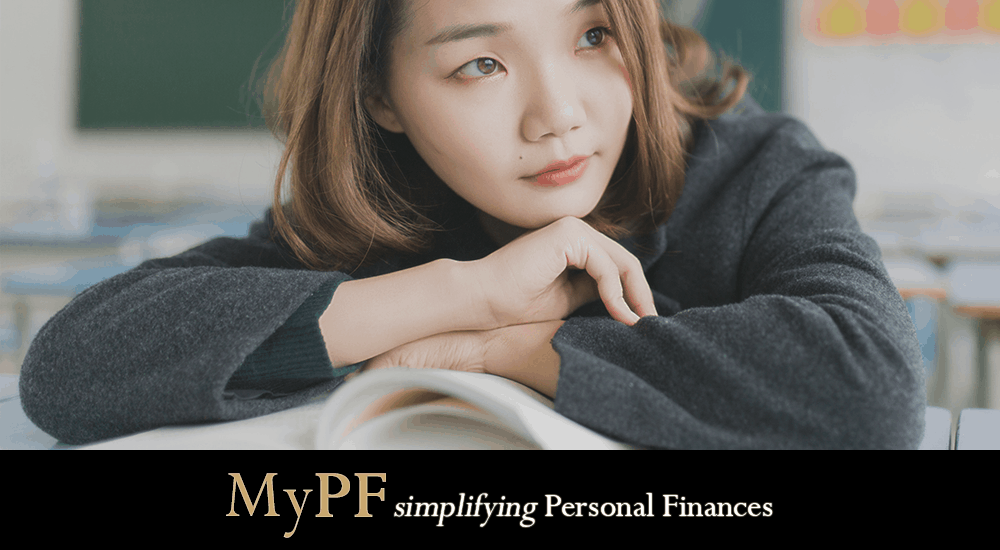
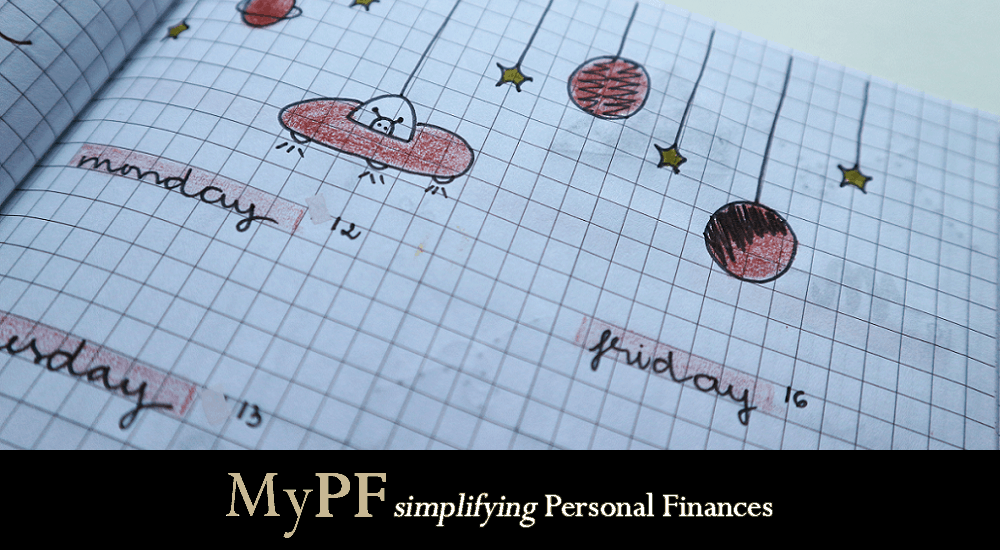
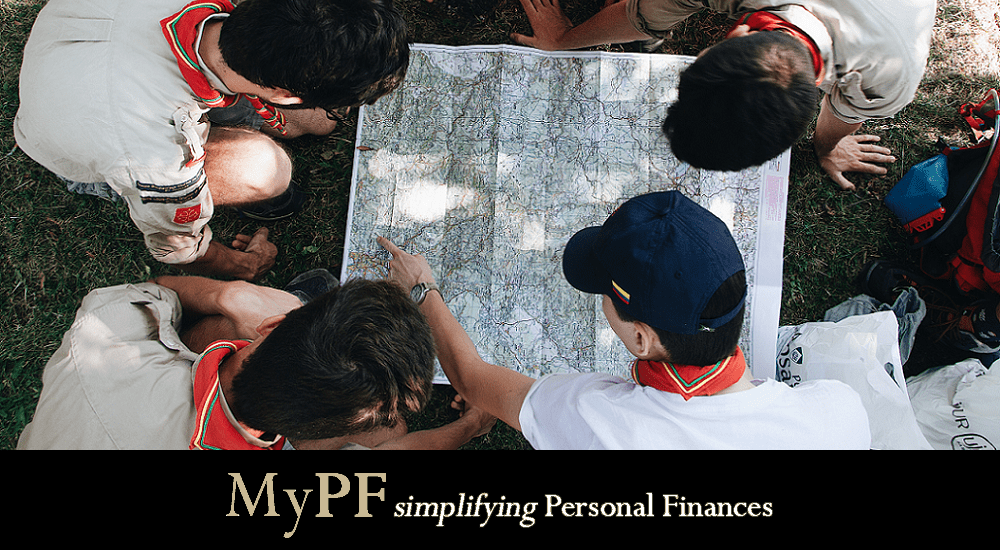

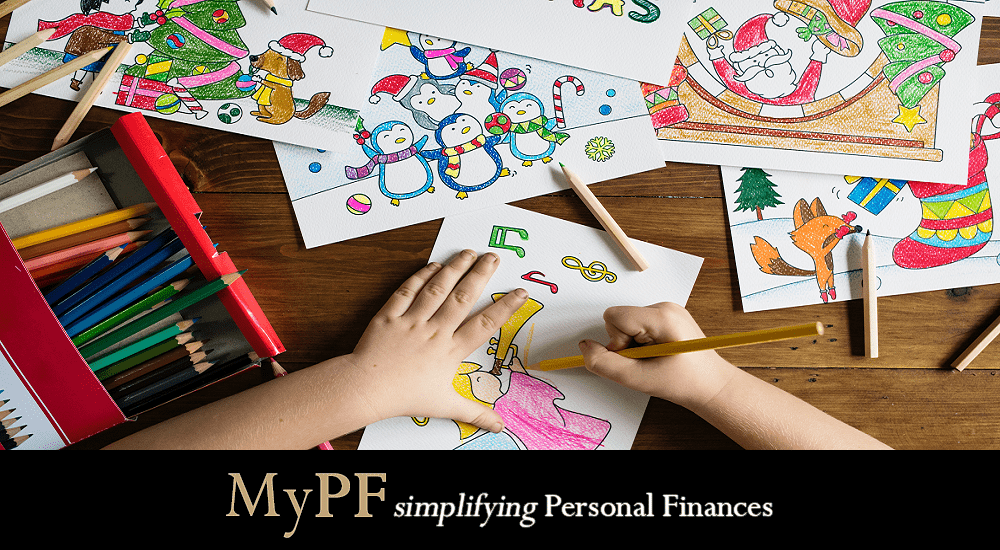



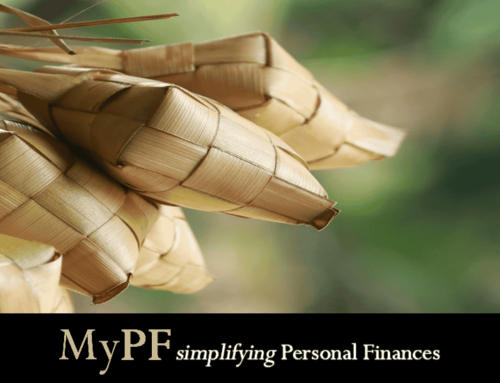
Leave A Comment